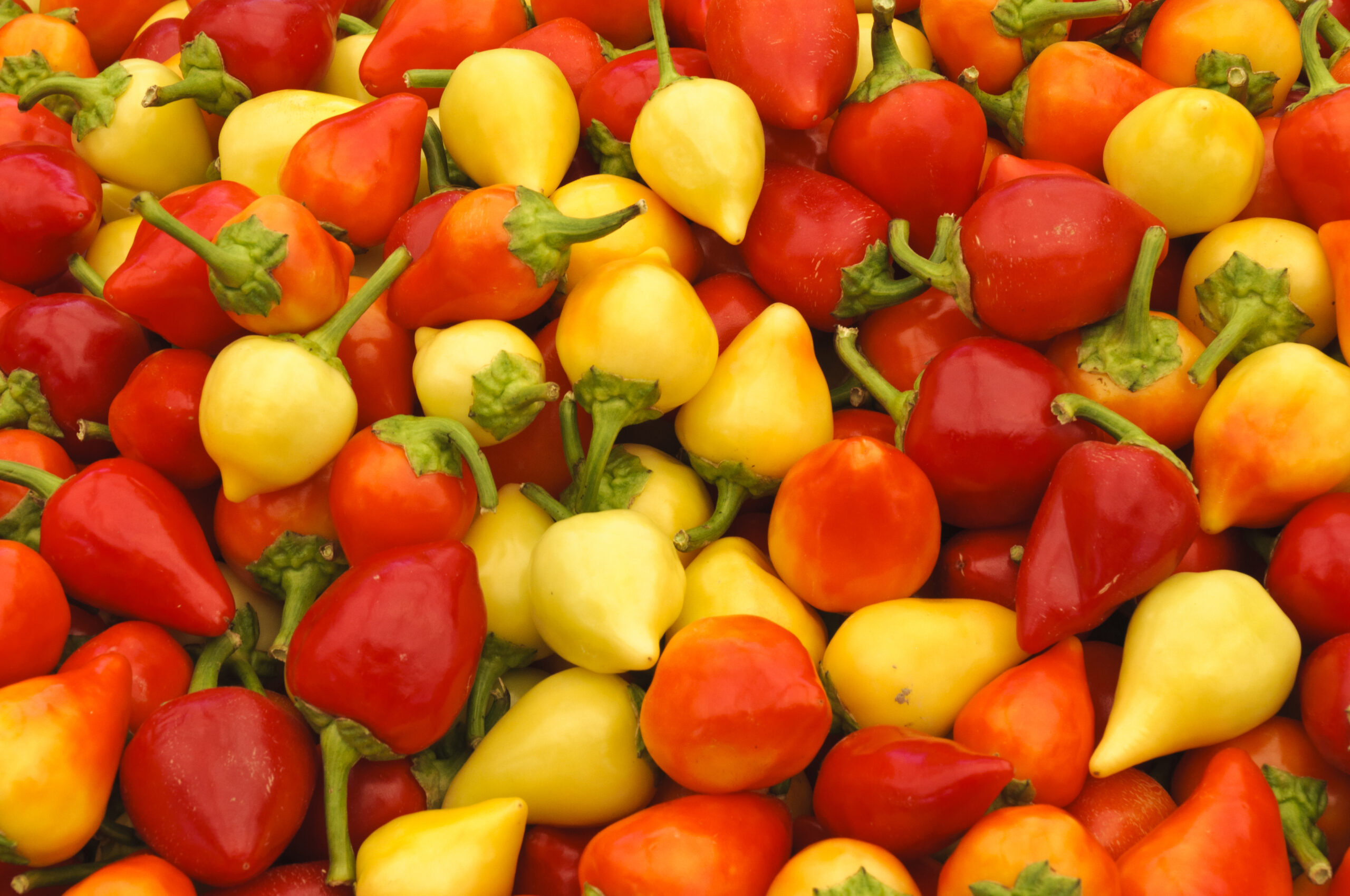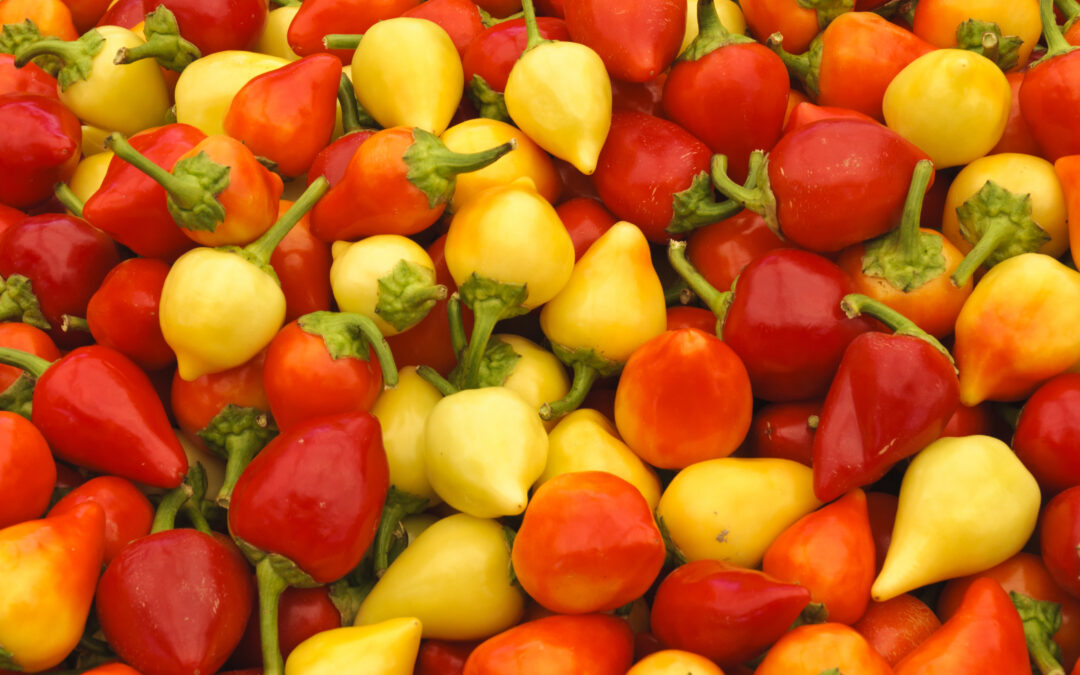Welcome to Home Gardening 101! In this blog post, we will cover everything you need to know about growing your own vegetables at home. Whether you’re a beginner or an experienced gardener, there’s always something new to learn when it comes to home gardening. Let’s get started!
Introduction to Home Gardening
Home gardening is becoming increasingly popular as more people want to grow their own food and enjoy the benefits of fresh produce. Growing your own vegetables can be both rewarding and challenging, but with the right information and tools, anyone can succeed in creating a thriving home garden.
Choosing the Right Vegetables to Grow
The first step in home gardening is choosing which vegetables to grow. Consider which ones you like to eat and research which varieties are best suited for your region and growing season. Some popular choices include tomatoes, lettuce, carrots, peppers, and herbs such as basil and mint.

Preparing Your Garden Bed
Once you have chosen your vegetables, it’s time to prepare your garden bed. Start by removing any existing plants or debris from the area, then till the soil to loosen it up. Add compost or other organic matter to enrich the soil and make it easier for roots to grow.
Planting and Caring for Your Vegetables
Next, it’s time to plant your seeds or seedlings. Follow the instructions on the seed packets or plant labels, making sure to give each plant enough space to grow. Keep the soil moist but not overwatered, and watch out for pests and diseases that could harm your plants.
Common Pests and Diseases in Home Gardens
Unfortunately, pests and diseases are common in home gardens. Learn to identify them early so you can take action before they spread. Common pests include slugs, snails, aphids, and spider mites. Common diseases include blossom end rot, leaf spot, and powdery mildew.
Harvesting and Storing Your Vegetables
After several weeks or months of hard work, it’s finally time to harvest your vegetables! Harvest them at the peak of ripeness to ensure maximum flavor and nutrition. Store them properly to extend their shelf life, using techniques such as refrigeration, freezing, or pickling.
Maintaining Your Garden Throughout the Year
Even after the harvest is over, there’s still work to do in maintaining your garden throughout the year. Remove dead plants and debris, add mulch to protect the soil, and consider planting cover crops to improve soil health.
Troubleshooting Common Problems in Home Gardens
Finally, don’t forget to troubleshoot common problems in home gardens. If you notice yellow leaves, stunted growth, or other issues, research possible causes and solutions online or consult with fellow gardeners. With persistence and dedication, you can overcome almost any challenge in home gardening.
In conclusion, home gardening can be a fun and rewarding hobby that provides fresh produce and improves overall well-being. By following these tips and taking care of your garden, you too can experience the joy of growing your own vegetables. Happy gardening!
Related Content
- Urban Homesteading: Balancing City Life and Farming
- How to Use Permaculture Zones in Homestead Planning
- Breaking Free from the System: The Benefits of Embracing Self-Reliance
- From Seed to Harvest: A Step-by-Step Guide to Growing Your Own Organic Produce
- What We Learned After Starting a Home-Based Farming Business





